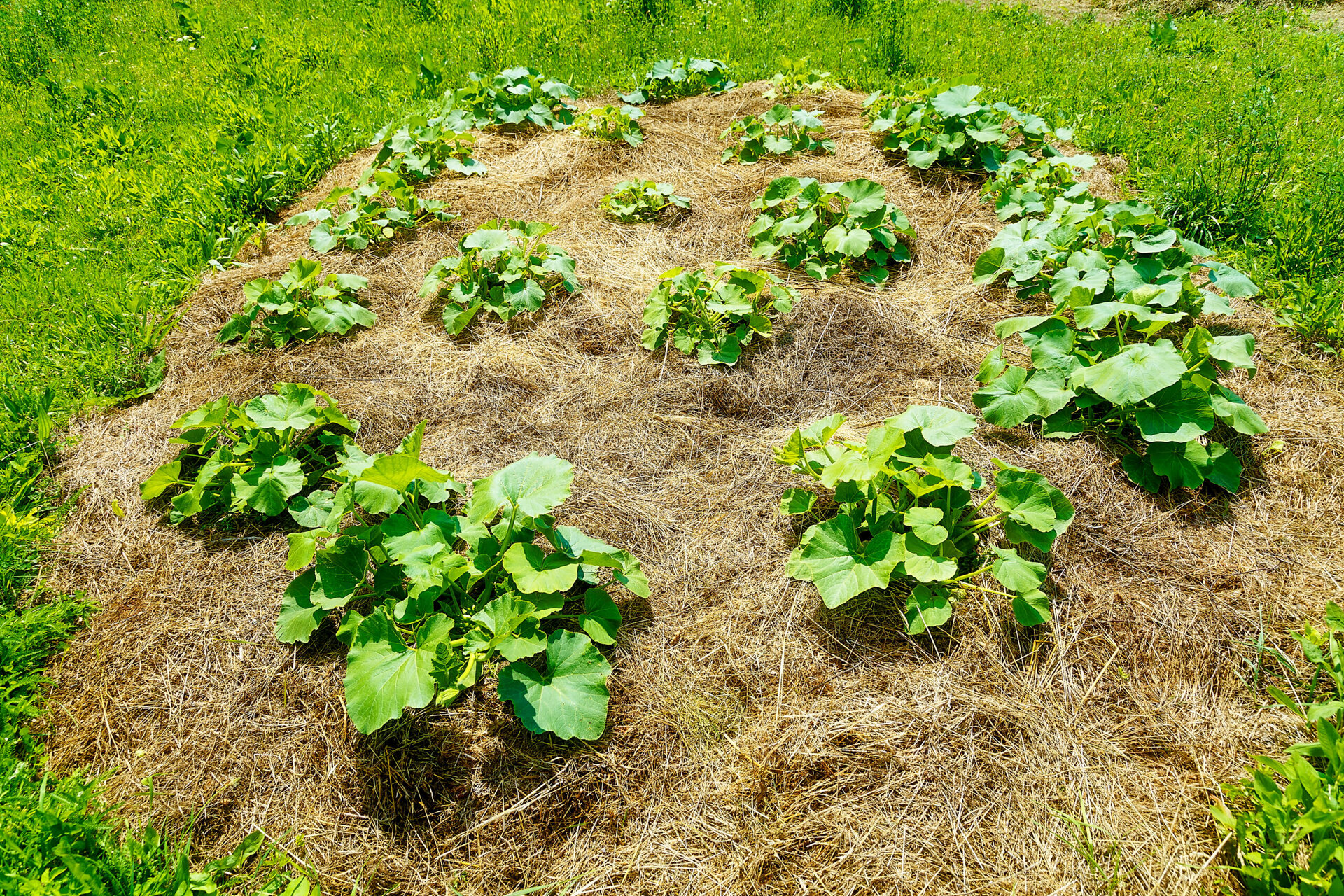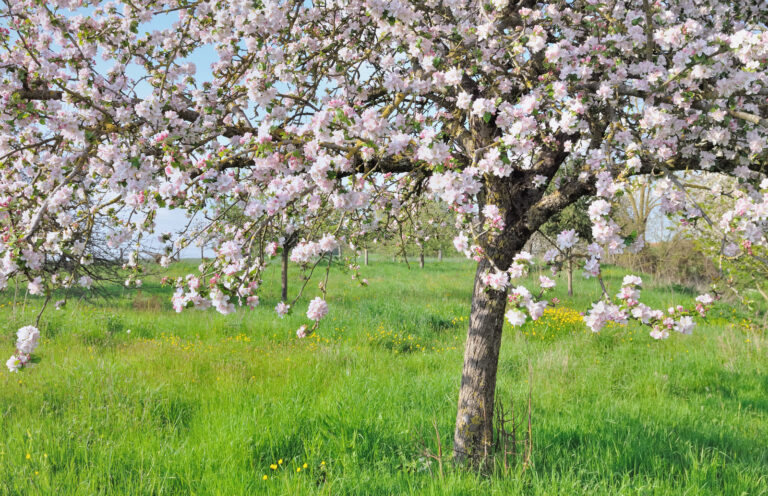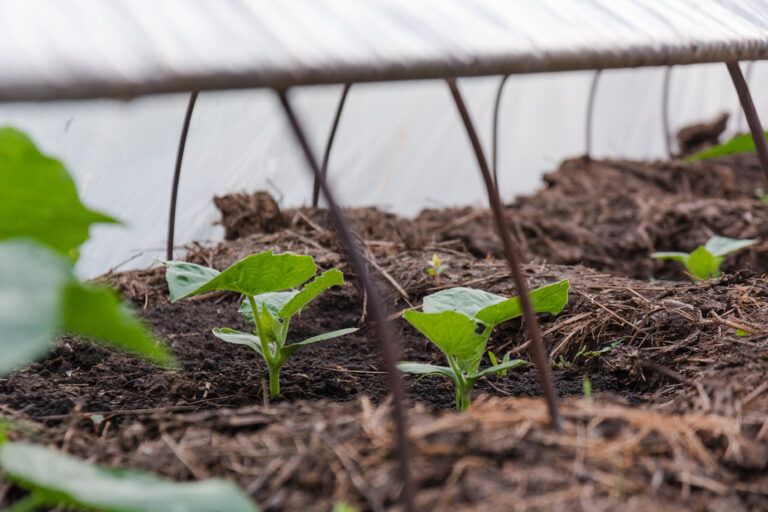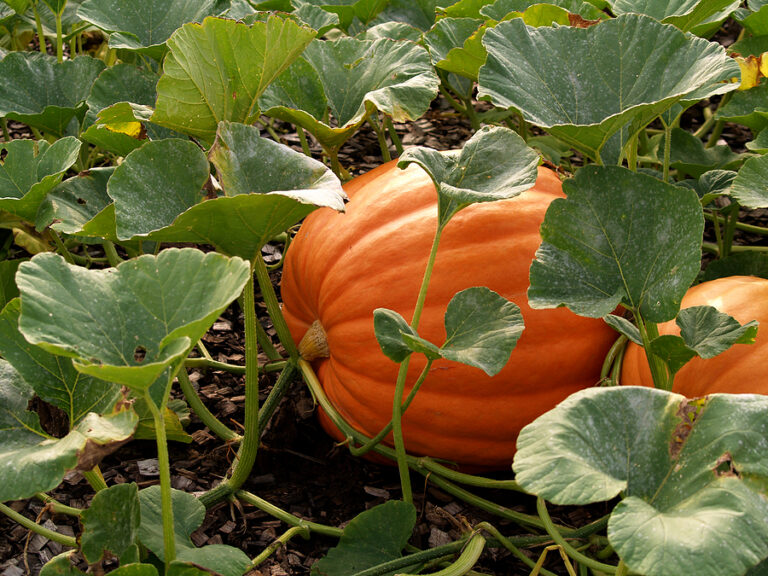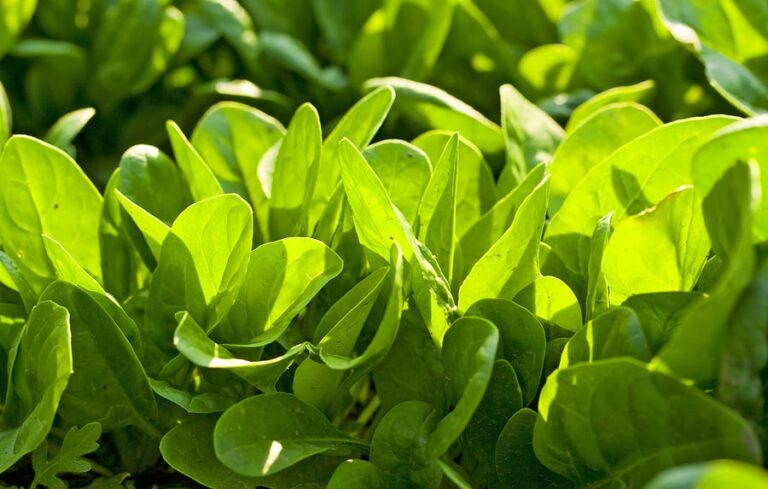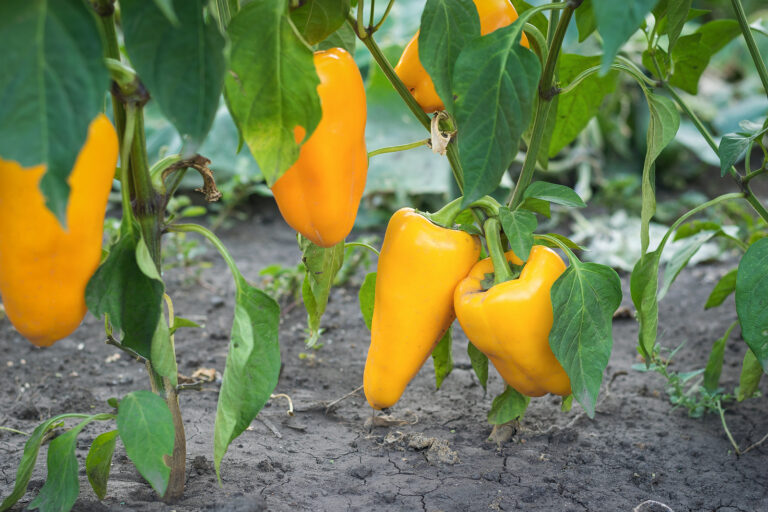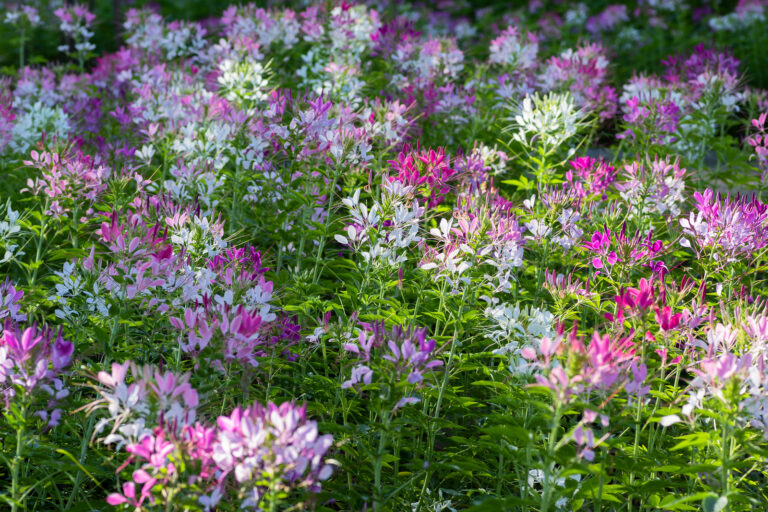Winter Squash Care and Maintenance
Caring for winter squash properly is the key to growing strong, productive plants that yield flavorful, long-lasting fruit. After decades of growing winter squash in home and market gardens, I’ve developed a simple but effective care routine that supports healthy vines, improves pollination, and increases yields. In this post, I’ll share proven tips and personal experience to help you master the essentials of squash care—from watering and feeding to ensuring successful pollination and managing the overall health of your plants.
Winter squash needs consistent attention throughout the growing season, especially during flowering and fruit set. You’ll learn how often and how deeply to water, what kind of fertilizer works best, how to support pollinators (or hand-pollinate if needed), and how to keep your plants vigorous from midseason to harvest. Whether you’re growing butternut, kabocha, or spaghetti squash, the techniques in this guide will help you avoid common problems and get the best results from your garden.
Watering Squash
- Squash grows best in soil that is kept evenly moist.
- Squashes require a lot of water in hot weather. Plants may wilt on hot days as they use water faster than the roots can supply.
- As long as the water is regular and deeply applied, wilted plants will liven up as the day gets cooler.
- Squash that is wilted in the morning needs immediate water.
Blossom-end rot. Irregular watering and a soil calcium deficiency can result in poor water uptake that will result in the blossom end of the fruit (opposite the stem) becoming leathery and sunken; this is called blossom-end rot. Use ground oyster shells or a calcium-rich fertilizer to counter blossom-end rot.
Feeding Squash
Squash are heavy feeders. Prepare the planting bed with lots of organic matter—a few inches of aged compost spread across the bed and then turned under. If leaves grow pale or plants seem weak, side-dress squash with well-aged compost or use a foliar spray of liquid fish or kelp fertilizer—high in phosphorus for fruit production. Don’t use a fertilizer too high in nitrogen; it will diminish your yield.
- Add aged compost to planting beds before planting and side-dress squash with aged compost at midseason.
- Side dress squash with compost tea or slow-release organic fertilizer every 2 to 3 weeks during the growing season. Avoid feeding squash with high nitrogen fertilizer, 5-10-10 is best.
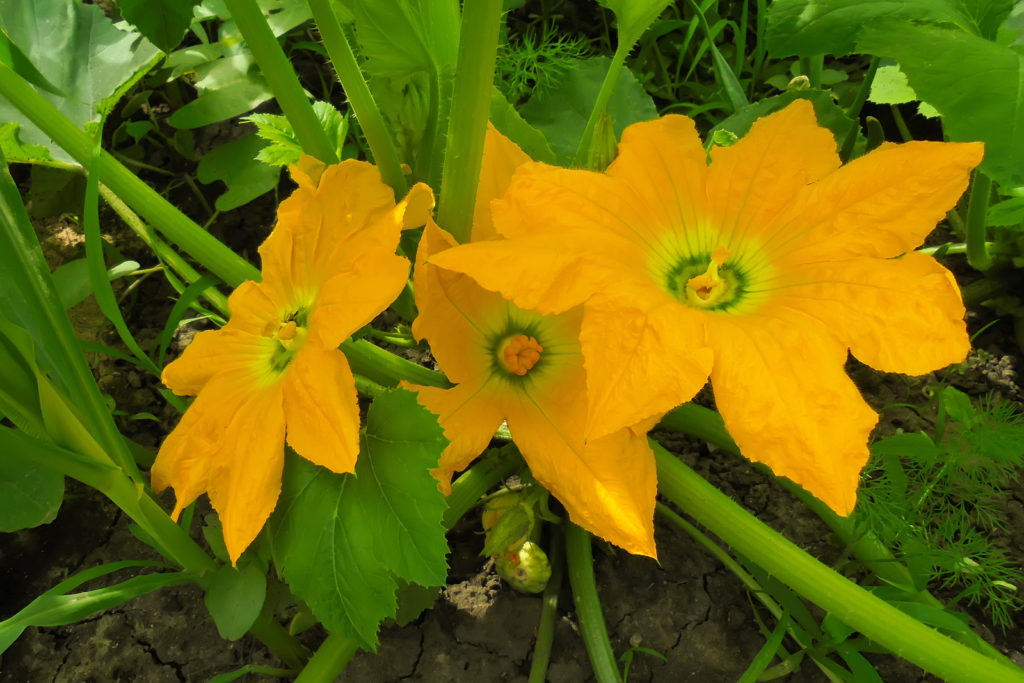
Squash Pollination and Fruit Set
Squash plants have separate male and female flowers on the same plant. Bees must transfer the pollen from the male flowers to the female. Don’t use insecticides in the garden or you will risk killing off your pollinators. If you don’t have bees, you can hand-transfer pollen with a small artist’s paintbrush.
- Squashes have separate male and female flowers.
- The first flowers to appear are male flowers that will not produce fruit.
- Female flowers appear slightly later and are pollinated by the male flowers commonly with the help of insects.
- If pollination is slow or does not occur, use a soft-bristled brush to dust inside a male flower then carefully dust the inside of a female flower (a female flower will have an immature fruit on its stem, a male won’t).
- Once fruits form set each one on a wooden plank so that it does not have direct contact with the soil; this will allow squashes to mature with less exposure to insects.
- If your plants are flowering but not producing fruit, there may not be enough bees around for pollination. Hand-pollinate flowers with a cotton swab—gather pollen from the male flower and dab it onto the golden stigma in the center of the female flower.
Cross-pollination. Squash plants easily cross-pollinate. But cross-pollination affects next year’s crop, not this year’s crop. If you grow zucchini from newly purchased seeds each year, you won’t have to worry about plants cross-pollinating. Only if you save seed, should you grow just one variety at a time.
Squash Care
- Once fruits form set each one on a wooden plank so that it does not have direct contact with the soil; this will allow squashes to mature with less exposure to insects.
- Temperatures too cold will pit the skin of summer squash and zucchini. This is called “chilling injury.” Keep a floating row cover handy to cover seedlings and young plants if the temperature dips below 65°F at night.
- Keep the soil evenly moist. Give squash 1 inch of water a week. The critical time for watering is during bud development and flowering. Once plants are established, mulch with straw, hay, or dried leaves to retain soil moisture and suppress weeds. Drought-stressed plants are more susceptible to insect attacks.
Related posts you might find helpful:
Summer Squash
- How to Grow Summer Squash and Zucchini: A Gardener’s Guide
- Planting and Growing Summer Squash
- Summer Squash Care and Maintenance
- The Best Summer Squash & Zucchini Varieties for Your Garden
- How to Harvest and Store Summer Squash
- Eight Ways to Cook and Serve Summer Squash
Winter Squash
- The Ultimate Guide to Growing Winter Squash
- Planting and Growing Winter Squash
- Winter Squash Care and Maintenance
- The Best Winter Squash Varieties for Your Garden
- Harvesting & Storing Winter Squash for Long-Term Use
- Seven Ways to Cook and Serve Winter Squash
Squash Planting and Care
- Squash Seed Starting Tips: How to Grow Strong, Healthy Plants from the Start
- How to Maximize Squash Pollination for Bigger Harvests
- Growing Squash in Small Spaces: Trellising & Container Growing
- How to Prevent and Treat Squash Pests and Diseases Naturally
- Squash Vine Borer Organic Pest Control
- Squash Bug Organic Pest Control
Books to help you grow:

